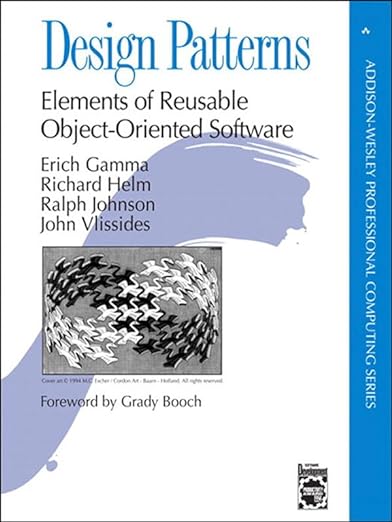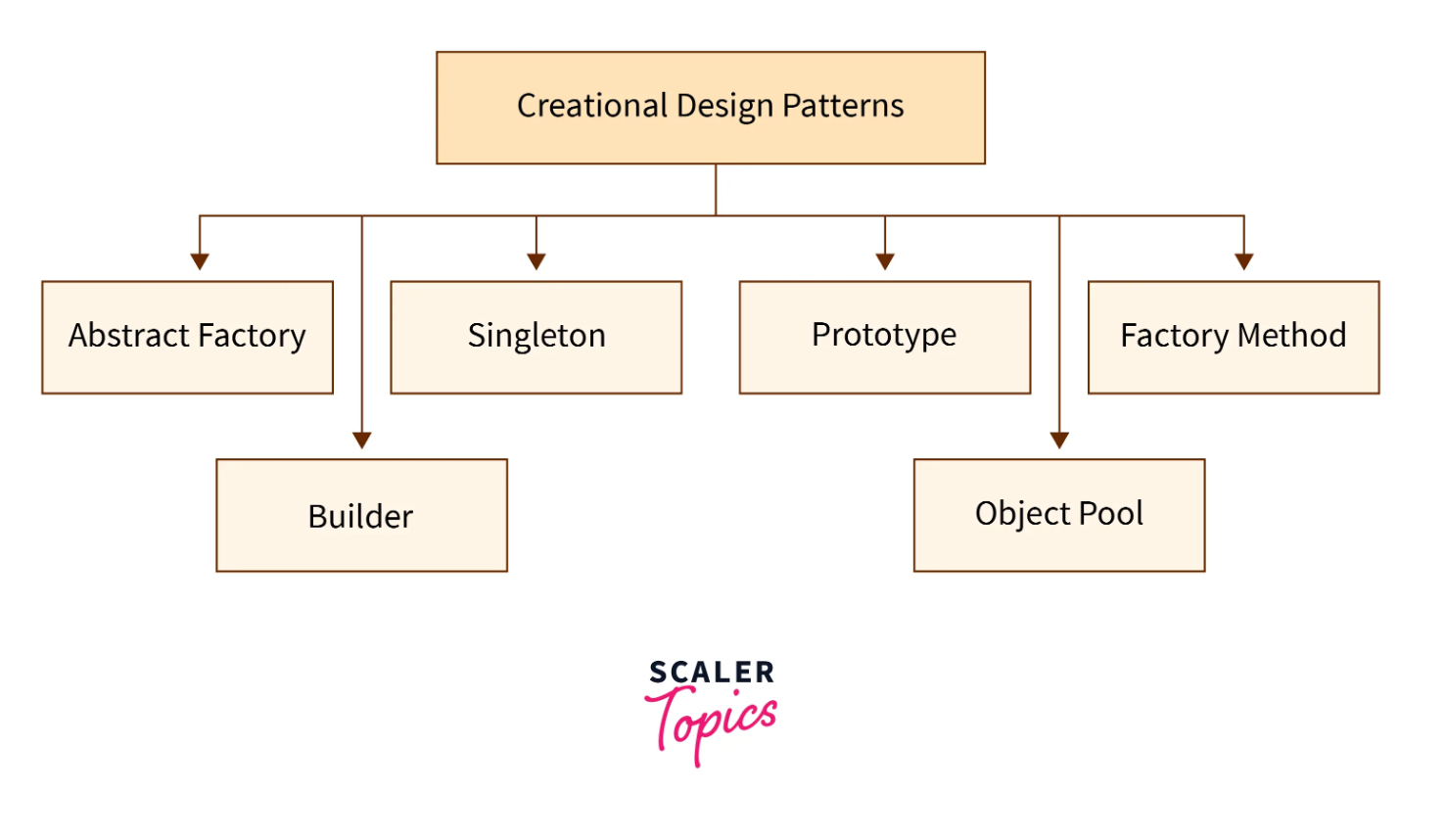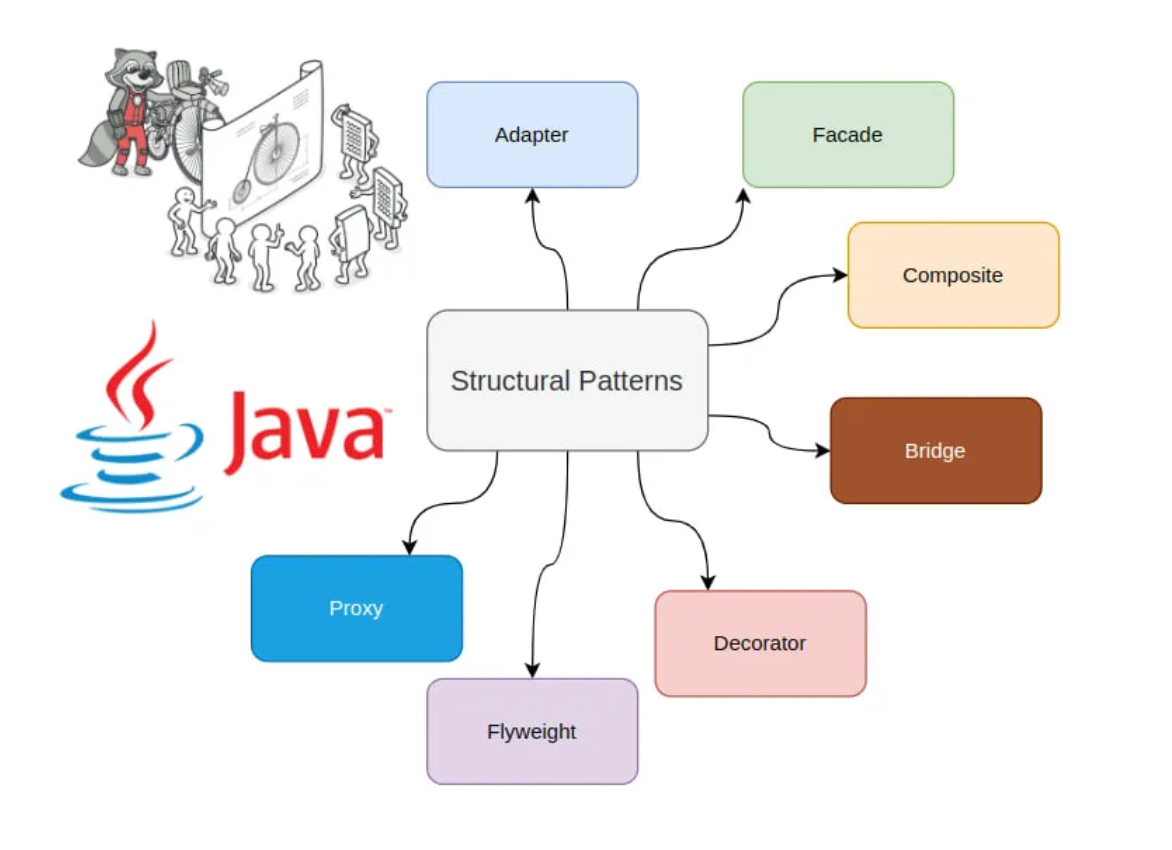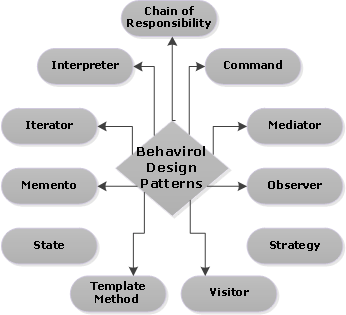Gang of Four Design Patterns
Overview
Design patterns are categorized into creational, structural, and behavioral patterns, each serving different purposes in organizing and managing object-oriented software systems. These patterns provide standardized solutions to common design problems, promoting code reuse, maintainability, and scalability in software development projects.
Design pattern categories
Creational Patterns: These patterns focus on object creation mechanisms, dealing with the process of object instantiation. Creational patterns abstract the instantiation process away from the client, allowing the system to become more independent of how its objects are created, composed, and represented. Examples include Singleton, Factory Method, Abstract Factory, Builder, Prototype, and Object Pool patterns.
Structural Patterns: Structural patterns concern class and object composition. They help ensure that if one part of a system changes, the entire system doesn’t need to do so. These patterns use inheritance and composition to define new structures in such a way that they provide flexibility, maintainability, and scalability to a system. Examples include Adapter, Bridge, Composite, Decorator, Facade, Flyweight, and Proxy patterns.
Behavioral Patterns: These patterns focus on communication between objects, defining how objects interact with each other. Behavioral patterns are particularly concerned with algorithms and the assignment of responsibilities between objects. They help in defining how objects collaborate with each other to carry out particular tasks and responsibilities. Examples include Observer, Command, Strategy, Iterator, State, Template Method, Visitor, and Chain of Responsibility patterns.
Design patterns are categorized into creational, structural, and behavioral patterns, each serving different purposes in organizing and managing object-oriented software systems. These patterns provide standardized solutions to common design problems, promoting code reuse, maintainability, and scalability in software development projects.
Creational Design Patterns
- Singleton: Ensures that a class has only one instance and provides a global point of access to that instance.
- Factory Method: Defines an interface for creating objects in a superclass, but allows subclasses to alter the type of objects that will be created.
- Abstract Factory: Provides an interface for creating families of related or dependent objects without specifying their concrete classes.
- Builder: Separates the construction of a complex object from its representation, allowing the same construction process to create different representations.
- Prototype: Creates new objects by copying an existing object, thereby avoiding the need for subclasses to implement their own initialization logic.
- Object Pool: Maintains a pool of reusable objects for efficient object creation and reuse, particularly useful in situations where the cost of creating a new instance is high.
Creational design patterns provide a set of solutions for object creation mechanisms in software development, addressing the challenges of instantiation, composition, and initialization of objects. These patterns offer flexibility, encapsulation, and reusability, allowing developers to manage object creation processes effectively and efficiently across various software projects and domains.
Structural Design Patterns
- Adapter: Allows the interface of an existing class to be used as another interface, making it compatible with client code that expects a different interface.
- Bridge: Separates an abstraction from its implementation, allowing them to vary independently. This pattern is particularly useful when both abstraction and implementation need to be extended independently.
- Composite: Composes objects into tree structures to represent part-whole hierarchies. Clients can treat individual objects and compositions of objects uniformly.
- Decorator: Adds behavior or responsibilities to objects dynamically without altering their structure. This pattern is achieved by wrapping an object within another object that provides the additional functionality.
- Facade: Provides a simplified interface to a complex system, abstracting away the complexity and providing a unified interface for clients to interact with the system.
- Flyweight: Minimizes memory usage or computational expenses by sharing as much as possible with similar objects. This pattern is useful when a large number of similar objects need to be created and memory usage needs to be optimized.
- Proxy: Acts as a surrogate or placeholder for another object, controlling access to it. This can be useful for implementing lazy initialization, access control, logging, or monitoring.
These structural patterns provide solutions for organizing classes and objects in a way that enhances flexibility, maintainability, and scalability in software systems.
Behavioral Design Patterns
- Observer: Defines a one-to-many dependency between objects, so that when one object changes state, all its dependents are notified and updated automatically.
- Command: Encapsulates a request as an object, thereby allowing for parameterization of clients with queues, requests, and operations.
- Strategy: Defines a family of algorithms, encapsulates each one, and makes them interchangeable. Clients can select the algorithm to use without altering its structure.
- Iterator: Provides a way to access the elements of an aggregate object sequentially without exposing its underlying representation.
- Chain of Responsibility: Allows a set of classes to handle a request sequentially until one of them processes it. This pattern decouples senders and receivers of a request.
- State: Allows an object to alter its behavior when its internal state changes, effectively changing its class. This pattern is useful for implementing state-dependent behavior.
- Template Method: Defines the skeleton of an algorithm in the superclass but lets subclasses override specific steps of the algorithm without changing its structure.
- Visitor: Defines a new operation to a set of objects without changing their classes. It separates the concerns of the operations from the classes on which they operate.
These behavioral patterns facilitate communication between objects, define algorithms, manage responsibilities, and enable dynamic behavior changes in software systems.




